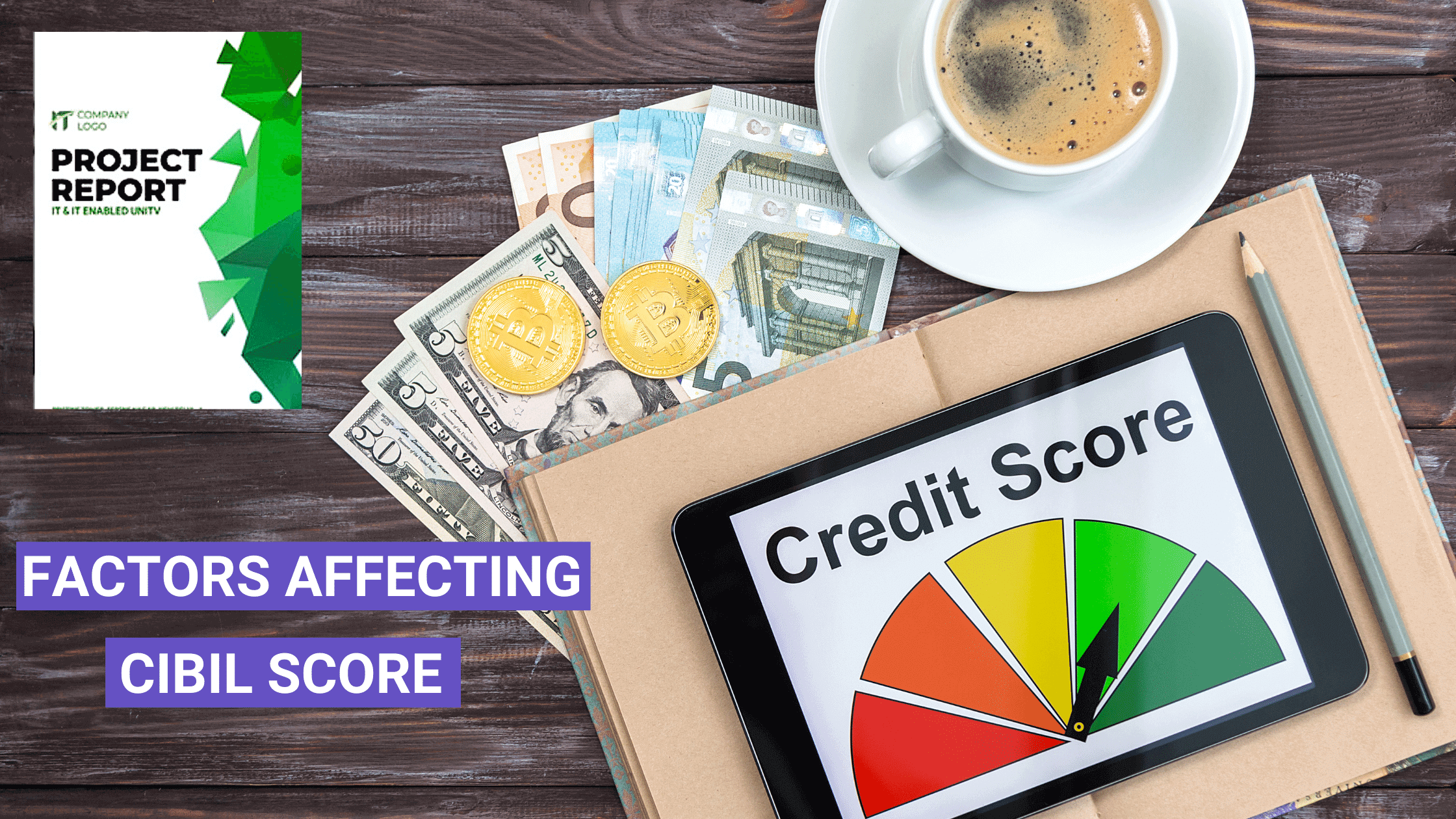Micro Units Development & Refinance Agency (MUDRA) Limited is an institution set up by the Government of India for development and refinancing activities relating to micro units. The Hon’ble Finance Minister announced MUDRA in the 2016 Budget. Under MUDRA, loans are provided under three schemes namely ‘Shishu’, ‘Kishor’ and ‘Tarun’ to signify the stage of growth and funding needs of the beneficiary micro unit. Micro Units and Entrepreneurs in India can avail this loan. The prime aim of the loan is to help the Micro & small enterprises in India, which are the backbone of the Indian industry. The actual name of the project is Pradhan Mantri MUDRA Yojana (PMMY). The Mudra loan extends its support for a variety of purposes, which contribute to income generation and employment creation in Manufacturing, Services, Retail, and Agri sectors. Allied Activities
What is the purpose of MUDRA?
One of the biggest bottlenecks for SMEs in India is the lack of financial support from the formal banking or financial sector. Many times the lack of formal financing hampers the growth of small businesses and makes them ineffective at competing with larger players. To remove this bottleneck and provide finance to micro units or Entrepreneurs, MUDRA Bank has been set up as a subsidiary of SIDBI. MUDRA will take responsibility for refinancing all financiers or financial institutions that participate in financing Small Businesses, Societies, Trusts, Section 8 Companies, Co-operative Societies, Small Banks, Scheduled Commercial Banks, and Rural Banks involved in lending to micro or small businesses engaged in manufacturing, trading, and services activities.
The loan is currently provided under three schemes in the Pradhan Mantri MUDRA Yojana. The three schemes are as follows:
- Shishu: Loan of up to Rs.50,000/
- Kishor: Loans of above Rs.50,000 to Rs.5 lakhs.
- Tarun: Loans of above Rs.5 lakhs to Rs.10 lakhs
What are the Eligibility criteria for MUDRA?
Any Indian Citizen who has a business plan for a non-farm sector income-generating activity such as manufacturing, processing, trading, or service sector and whose credit need is less than 10 lakh can approach either a Bank, MFI, or NBFC for availing of MUDRA loans under Pradhan Mantri Mudra Yojana (PMMY). The terms and conditions of the lender would have to be followed for availing of loans under MUDRA. The lending rates adhere to the RBI guidelines issued in this regard from time to time. As MUDRA is a refinancing institution, it does not offer loans directly. Instead, existing NBFCs, Financial Institutions, Banks, Primary Lending Institutions, etc., provide loans through MUDRA.
The target audience for MUDRA loans are millions of Proprietorship / Partnership Firms running small manufacturing unit or service sector units like shopkeepers, fruits/vegetable vendors, truck operators, food-service units, repair shops, machine operators, small industries, artisans, food processors, and others, in rural and urban areas.
What are the Documents Needed for MUDRA loans?
- MUDRA Loan Application
- Project Report
- Proof of Identity: like PAN / Drivers License / Aadhaar Card / Passport and more.
- Residence proof like recent telephone bill/electricity bill or property tax receipt and more.
- Applicant’s recent photograph which is less than 6 months old
- To purchase machinery or other items, provide a quotation.
- Name of supplier or details of machinery or prices of machinery
- Proof of identity/address of the business like tax registration, business license, and more.
- Proof of category like SC/ST/OBC/Minority, if applicable
It is important to note that there is no processing fee or collateral requirement for obtaining a MUDRA loan.
In the above list, a Business plan also known as a project report is a crucial document when applying for a bank loan. The bank uses this document to analyze the overall feasibility, risks, financial viability, and potential of a project. A well-crafted and convincing project report increases the chances of loan approval. With Finline you can craft a compelling project report in less than 10 minutes. That too in your language. Also, our reports are accepted by all public and private sector banks working in India. Click to create your project report.
